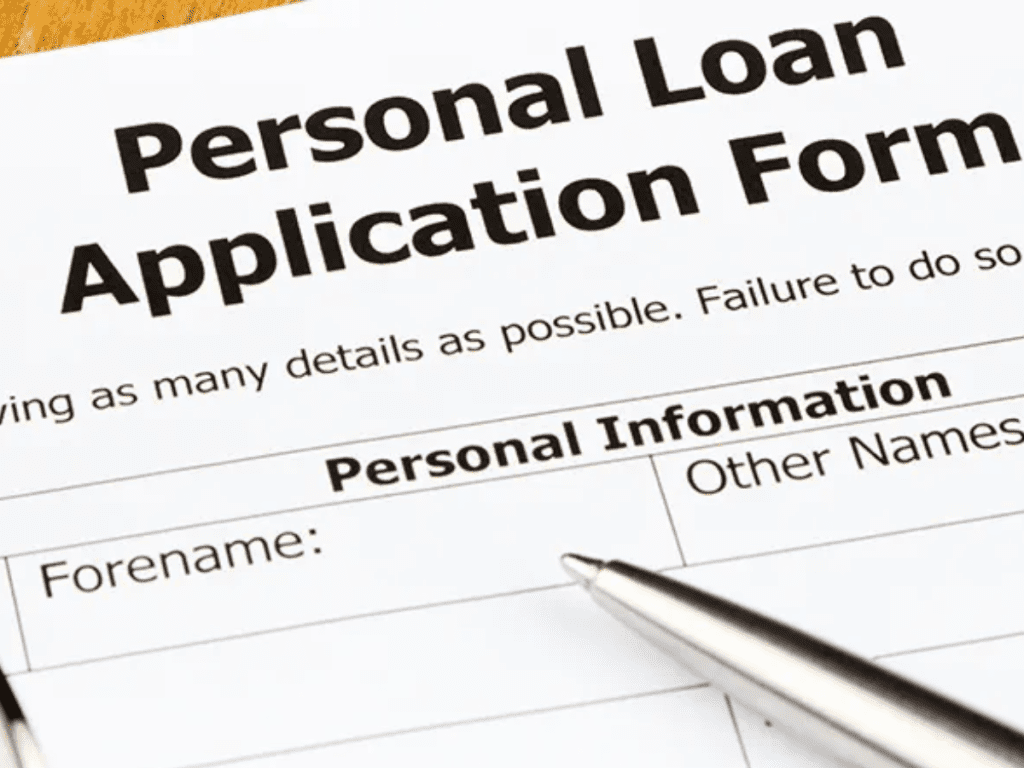Introduction
In today’s financial landscape, personal loans can be a valuable tool for managing expenses, consolidating debt, or addressing unexpected costs. However, the convenience of personal loans has also made them a target for scammers looking to exploit vulnerable individuals. Falling victim to a personal loan scam can result in financial loss, identity theft, and emotional distress. To safeguard yourself, it is crucial to understand common scams and learn how to avoid them. This guide will provide a detailed overview of personal loan scams and practical steps to protect yourself.
Understanding Personal Loan Scams
Personal loan scams are fraudulent schemes designed to deceive borrowers into providing money, personal information, or both. Scammers often pose as legitimate lenders, using sophisticated tactics to appear credible. Recognizing the warning signs of a scam is the first step in protecting yourself.
Common Types of Personal Loan Scams
- Advance Fee Scams In this scam, fraudsters promise to approve your loan regardless of your credit history, but require an upfront payment for processing fees or insurance. Once the payment is made, the scammer disappears, and the promised loan never materializes.
- Guaranteed Loan Approval Scams Scammers claim to offer guaranteed loan approvals without checking your credit history or financial background. Legitimate lenders always assess an applicant’s creditworthiness before approving a loan, so such offers are red flags.
- Phishing Scams These scams involve fraudulent websites, emails, or phone calls designed to steal personal information, such as Social Security numbers or bank account details. Scammers may impersonate reputable lenders to gain your trust.
- Fake Loan Websites Fraudulent websites often mimic legitimate lenders, complete with logos, branding, and convincing testimonials. These sites lure victims into applying for loans and sharing sensitive information.
- Loan Consolidation Scams Scammers may offer fake debt consolidation services, claiming to reduce your debt or negotiate with creditors. Victims pay fees upfront, only to find no services are provided.
- High-Pressure Sales Tactics Fraudsters use aggressive tactics to pressure victims into making hasty decisions. They may insist that you act immediately to secure a limited-time offer.
- Identity Theft Scams Some scams aim to collect your personal information under the guise of a loan application. This information is then used to commit identity theft or other fraudulent activities.
Red Flags to Watch For
- Upfront Fees Legitimate lenders deduct fees from the loan amount after approval rather than requiring upfront payments.
- No Credit Check Reputable lenders evaluate your credit history and financial situation before approving a loan. Be wary of anyone offering guaranteed approval without checking these factors.
- Unsolicited Offers Scammers often contact potential victims through unsolicited calls, emails, or messages. Be cautious of unexpected loan offers.
- Lack of Physical Address A legitimate lender will have a verifiable physical address. Avoid dealing with lenders who cannot provide a clear and legitimate business location.
- Unsecured Websites Ensure the lender’s website is secure. Look for “https://” in the URL and a padlock icon in the browser address bar.
- Pressure to Act Quickly Scammers use high-pressure tactics to create a sense of urgency, discouraging victims from taking time to verify their legitimacy.
- Vague or Missing Documentation Legitimate lenders provide detailed loan agreements outlining the terms, fees, and repayment schedule. Avoid lenders who refuse to provide clear documentation.
How to Protect Yourself from Personal Loan Scams
- Research the Lender Conduct thorough research before applying for a loan. Check the lender’s reputation, reviews, and Better Business Bureau (BBB) rating. Verify that they are registered to operate in your state.
- Verify Contact Information Confirm the lender’s phone number, email address, and physical location. Be cautious of lenders who only provide a P.O. box or refuse to disclose their contact details.
- Understand the Loan Terms Carefully review the loan terms, including the interest rate, fees, and repayment schedule. Ask questions if anything is unclear, and avoid lenders who refuse to provide detailed explanations.
- Use Secure Websites Ensure the lender’s website is encrypted and secure before sharing personal information. Look for “https://” in the URL.
- Avoid Sharing Sensitive Information Never provide your Social Security number, bank account details, or other sensitive information unless you are confident about the lender’s legitimacy.
- Be Skeptical of Unsolicited Offers Be cautious of unexpected loan offers, especially those that come through phone calls, emails, or messages. Scammers often use these channels to target victims.
- Check for Licensing Verify that the lender is licensed to operate in your state. You can check with your state’s financial regulatory agency for confirmation.
- Trust Your Instincts If something feels off or too good to be true, trust your instincts. Take time to research and verify the lender before proceeding.
What to Do If You Suspect a Scam
- Report the Scam Report suspected scams to the Federal Trade Commission (FTC), the Consumer Financial Protection Bureau (CFPB), or your state’s attorney general. This helps authorities track and shut down fraudulent operations.
- Freeze Your Credit If you believe your personal information has been compromised, consider placing a credit freeze to prevent identity theft.
- Monitor Your Accounts Regularly check your bank accounts and credit reports for unauthorized activity. Report any suspicious transactions immediately.
- Warn Others Share your experience with friends, family, and online review platforms to raise awareness and help others avoid similar scams.
Legitimate Alternatives to Scams
- Traditional Banks and Credit Unions Established financial institutions are a reliable source for personal loans. They have transparent terms and a track record of credibility.
- Online Lenders Many legitimate online lenders operate securely and transparently. Research and choose reputable companies with positive customer reviews.
- Peer-to-Peer Lending Platforms Peer-to-peer lending platforms connect borrowers with individual investors. These platforms are often well-regulated and provide a legitimate alternative.
- Local Community Programs Some nonprofit organizations and community programs offer small loans or financial assistance to individuals in need.
Final Thoughts
Personal loan scams can have devastating financial and emotional consequences, but awareness and caution can protect you from becoming a victim. By recognizing the red flags, conducting thorough research, and following best practices, you can confidently navigate the personal loan landscape and secure legitimate funding. Always remember to trust your instincts, seek advice when unsure, and prioritize safety over convenience.

